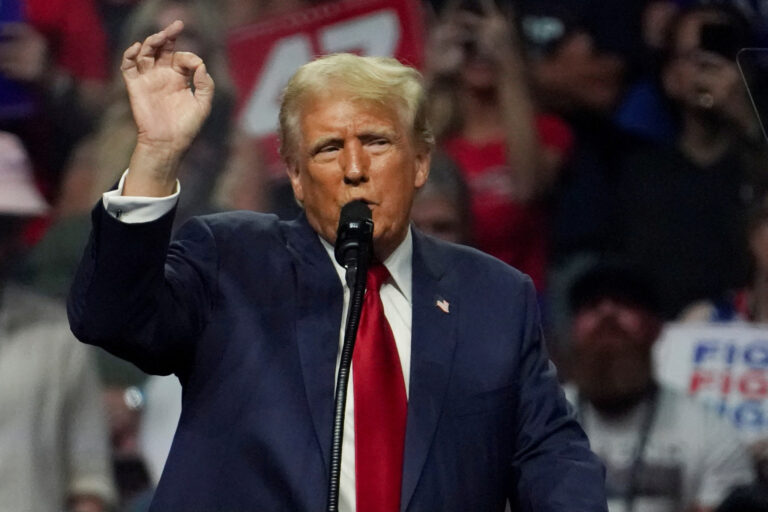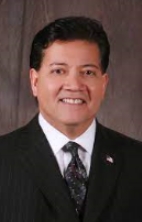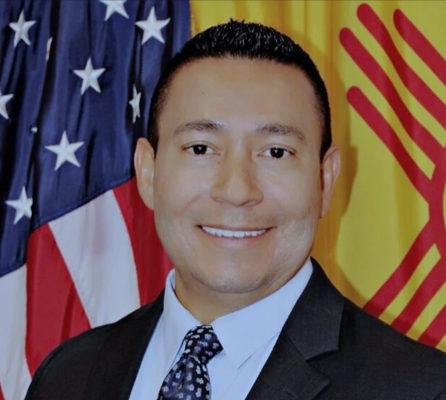Wily Trump and his lies about public education

By: Mary Sanchez
Here’s a business incompetency illustrated – a lesson by President Donald Trump, the nation’s CEO.
Lay off 40% of a workforce, while adding new responsibilities onto the remaining employees. Make sure the new work is outside the skill sets of those workers, while also gutting the teams that could have helped with the new, steep learning curve.
All of this transpired on the second day after Trump signed the executive order to dismantle the Department of Education.
Trump’s adept at ducking and hiding, shifting around incoming obstacles. He’s getting better at deflecting criticism that could mount from loyal Republican-controlled states.
So Trump quickly shifted to make good on his claim that the federal programs aiding disabled and low-income students, including the Pell grant, wouldn’t become collateral damage from closing down the Department of Education.
Trump announced that the Small Business Administration will manage student loans. That includes the Pell grant, which helps cover tuition for college undergraduates with financial need.
Apparently, the fact that he had also ordered nearly half of the SBAs employees to be laid off did not occur to him.
Maybe he didn’t care.
The Department of Health and Human Services, Trump also announced on March 21, will handle programs for children with disabilities and the nutrition needs of low-income students.
He didn’t address the logistical nightmares that the HHS employees will face.
NPR has reported that only three employees remain with the center that crunches the numbers to determine how much aid districts receive. That is the funding that HHS will now need to manage.
Trump reportedly fired the 100 or so other employees of the National Center for Education Statistics, as part of initial job cuts right after he took office.
Those statisticians were integral to Title 1 funding and the Rural Education Achievement Program, which as the name implies, helps districts in smaller communities that often struggle to adequately fund schools, sometimes due to a smaller tax base.
Be clear about where this is heading.
The future economic stability of America took a direct hit by Trump’s executive order to eventually eliminate the Department of Education. Dismantled is the word most media chose to describe what’s happening.
The administration concedes that the president can’t vaporize the department. Only Congress has the authority to eliminate a department, whose secretary is a part of the cabinet.
Trump might even derive more pleasure from watching it shrivel, like a schoolyard bully pulling wings off of an insect.
Hundreds of stalwart career employees of the department will do their best to keep services afloat for the 50 million children enrolled K-12, and the 14 million people attending public colleges.
But there will be only so much that they can do.
About half of their co-workers have already been laid off, part of the DOGE downsizing.
Everyone dependent on a public education – from children learning to read, to adults learning to code – will be negatively affected by these moves.
A further insult is that all of this madness is propped up by a set of lies.
A leading argument of the administration is that the department has too much control over public education in America. The facts show otherwise.
Trump, in signing the executive order, noted that he wanted to “return our students to the states.” State and local governance largely already control public education.
The federal government supplies less than 14%, or one in every seven dollars of funding for public schools. The rest is from local and state dollars.
Local school boards set policy. State boards of education set graduation requirements and curriculum.
When angry parents want to protest library books that they find offensive, they go to their local school boards. These local boards set policies controlling the vetting of books, allowing for parents to decide what novels their children can check out.
Similarly, it will be local voters who will approve or deny school board issues for their districts.
Local voters elect school boards that choose superintendents. Locally elected boards set levies for taxation.
Diminishing the role of the federal government in public education means undercutting rural students, low-income students, and those with disabilities. Those are the needs that are largely funded by federal dollars, or they have been, prior to Trump.
States, many of which have been cutting their percentage of school funding for years, are not going to magically step up to fill the gaps.
The losses will be felt student by student, family by family, and eventually by the nation.
Readers can reach Mary Sanchez at msanchezcolumn@gmail.com and follow her on Twitter @msanchezcolumn.



